Project Space Shifting Present
A world of dew,
And within every dewdrop, a world of struggle
Nov. 4, 2023 - Feb. 18, 2024
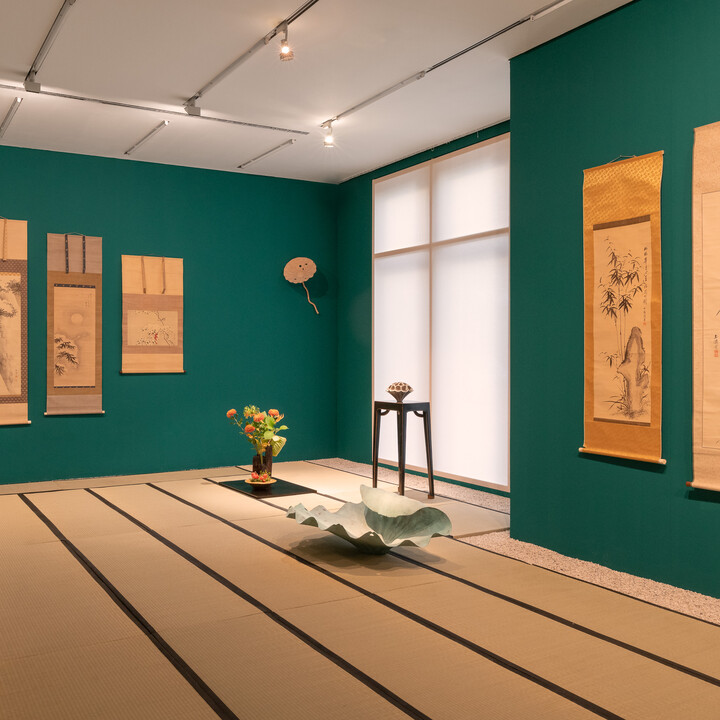
With the exhibition entitled A World of Dew, And Within Every Dewdrop A World of Struggle Kestner Gesellschaft is thrilled to present a fine selection of traditional Japanese scroll paintings from the period spanning across the last five centuries. The art works belong to the collection of Dr. Christiane Hackerodt Art and Culture Foundation which, with its focus on Japanese art, aims at building up a bridge between the cultures of East and West.
As an economist, Dr. Christiane Hackerodt reflects, I was interested in the dynamics of the Japanese economy. During my research stay (1991-1992), I was fascinated by the fast-paced, flashy and garish business life in Tokyo and, next to it, the quiet Zen garden, the tea ceremony, and the everyday spirituality of deceleration. East and West have a common dimension in contemplation and meditation, which I would like to discover in art and open up to others.
The title of this exhibition appropriates one of the most beautiful haiku in the history of Japanese poetry, written by a distinguished master of this literary form, 18th century poet Kobayashi Issa, the author of over 20 000 haiku poems. Joy, sadness and hardship as well as the empathy for the weak and powerless make Issa’s poetry universal and relevant today. In A World of Dew, Issa is contemplating the meaning of life, its ephemerality and impermanence, and the beauty of a surrounding nature.
Such a concrete and at the same time delicate vision articulated through pinpointed expressions and natural motives, can not only be discovered within the haiku by Issa, but also within traditional Japanese scroll paintings (the so called kakemonos).
Under the military governance led by the Shogun and their respective families, Japan experienced a thriving artistic development, despite its at times rigorous foreign policies. Not only did the fine arts experience a steady increase in popularity but also the worlds of literature and theatre profited from this development.
The masters’ techniques would be handed down over generations and often passed on within the families, making the schools of paintings and the respective artworks a time capsule of societal and political upheavals. The use of natural symbols found in the genre of kachō-ga 花鳥画 (engl..: images of flowers and birds) gives an impression of not only the contemporary mind-set, but also the spiritual planes of inspiration. Said meditative character and a similar artistic presentation can be traced back to Chinese and Buddhist influences, reaching as far as the 10th century.
The exhibition A World of Dew, And Within Every Dewdrop A World of Struggle comprises of over 40 Japanese scroll images with a focus on the seasons of the year and the most popular natural motifs - landscapes with flowers and animals, including birds and insects, emphasising both the transience and resilience, as well as the fragility of nature and its relationship towards humans.
In the Japanese home, scroll paintings, kakemonos, are taken out of their storage boxes, kiribakus, on special occasions and hung in the tokonoma, the wall niche provided for this purpose, when esteemed guests visit. The effect of the painting is enhanced by the ikebana flower arrangement. This intensifies the collected, inward mood of the tea ceremony with which the host honours the guests. The guests honour the host and his house by removing their street shoes in front of the tatami mats and approaching the place of the tea ceremony in a kneeling posture.
This form of ritual and the scroll painting, usually kept simple and often with the Zen Buddhist motifs of the bamboo, the rock, the plum blossom as indications of the path to enlightenment, leads to deceleration, to reduction, to renunciation - to emptiness. And this is where Japanese-Asian as well as European spiritual traditions of contemplation and meditation meet. In art, too, there is a movement to seek the essential not in the image but in the experience behind it.
The collection of the Dr. Christiane Hackerodt Art and Culture Foundation follows these traces, and through this exhibition, it creates a spatial connection between present and past. A possibility for not only contemplation and interaction between spheres of art and history, but an invitation to ponder on developing and developed matters.
To intensify a dialogue between the past traditions and today, this exhibition includes two contemporary artistic practices - sculptural works by Japanese artist Morio Nishimura (born 1960, Tokyo) and cinematic work by Hong Kong artist Samson Young (born 1979). Bronze sculpture, Sweet Rain - B19, 2010, by Nishimura shows an open lotus leaf rolled up on one side. The title refers to the property of lotus to stretch towards the sky to absorb dew rain and collect it as drops. In Buddhism, the liquid-repellent lotus flower is a sign of purity; this symbolism contrasts with the naturally weathered bronze. Nishimura’s small-format wooden sculpture, Sweet Rain - Oblivion Nr. 12, 2018, reveals the organic shape of the lotus fruit seed, while in Sweet Rain - Wall Sculpture 29, 2005, the lotus leaf, also rendered in wood, is slightly ondulated and erect, and projects into the room, supported by a stem. Nishimura’s focus on the fragility of form is amplified by a sensuality of elements, as seen in Samson Young’s video Sonata for Smoke, 2020, a meditation on the symbolic and impermanent nature of smoke. Throughout the video, Young captures the ephemerality of smoke — in particular, the various sounds that accompany its fleeting appearance. He also references the religious significance of smoke through incense burning. Conceived while Young was an artist in residence at the Ryosoku-in Temple in Japan, the video consists of a sequence of actions and images that progress with forward motion across time and space, creating a sense of directionality. Certain motifs and choreographies of events — including ritualistic sounds and actions — repeat throughout the piece. These consecutive, meditative acts were inspired by the temple setting and its arrangement as a sequence of rooms. Objects from the temple also appear throughout the film, including ceramics that bear impressions of its architectural features.
We are grateful to Dr. Christiane Hackerodt for generously making the collection available for our exhibition. We own a thank you to Wilfried Köpke, the curator of the Foundation, for his expertise and support. Special thank you goes to Angela Klein for assisting us at every stage of this exhibition development.
Curator: Adam Budak
Learn more about the exhibition in the handout .
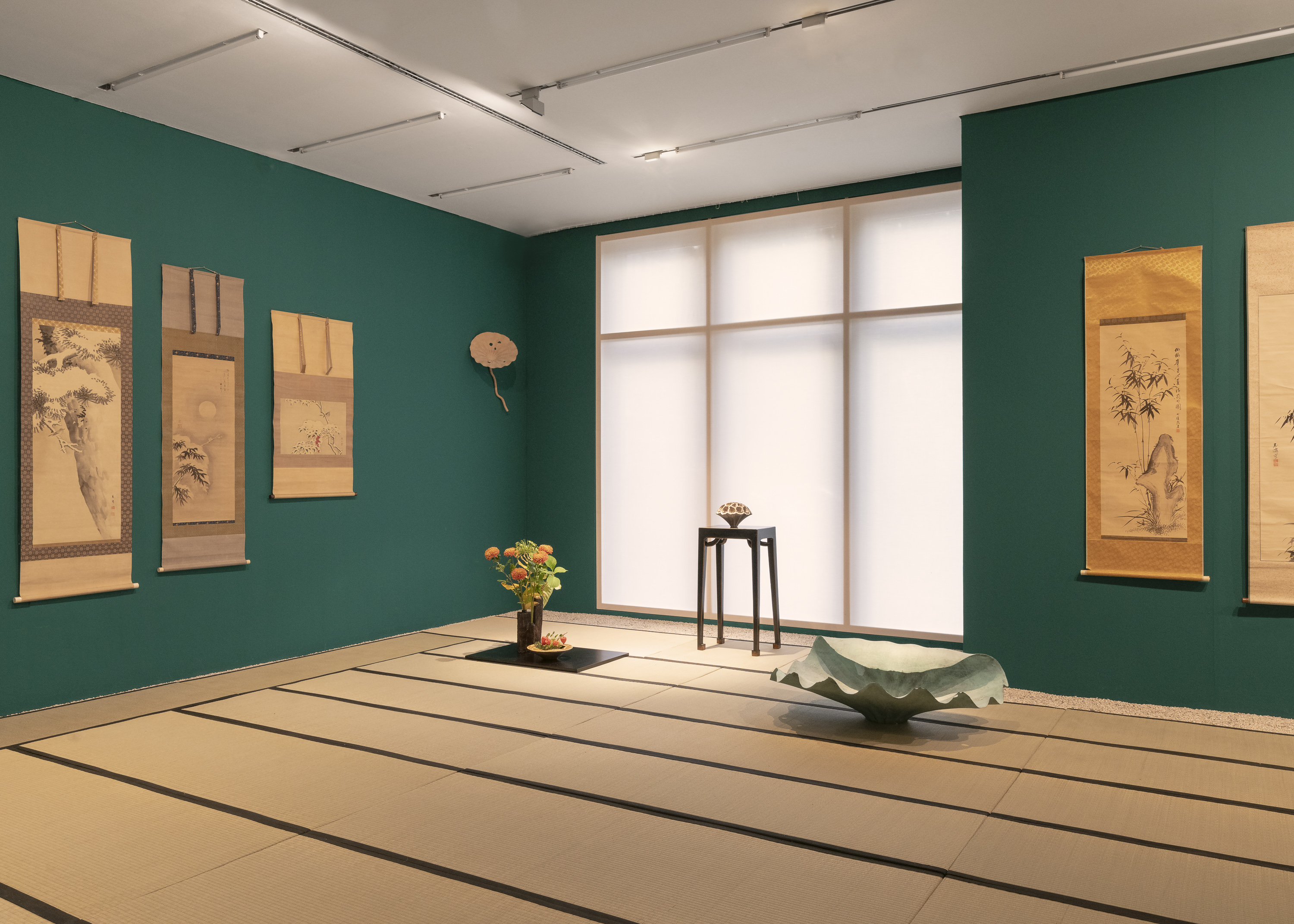
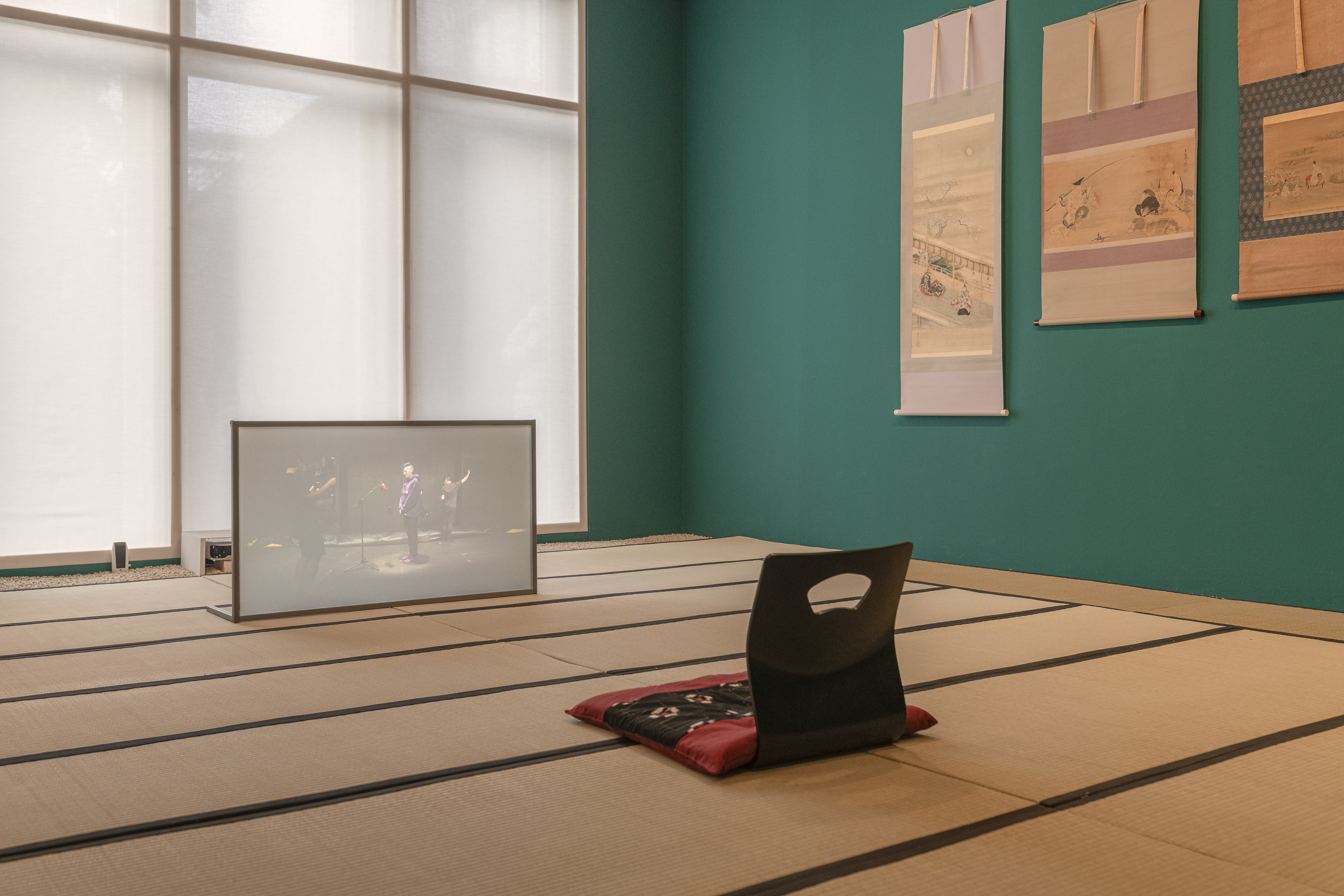
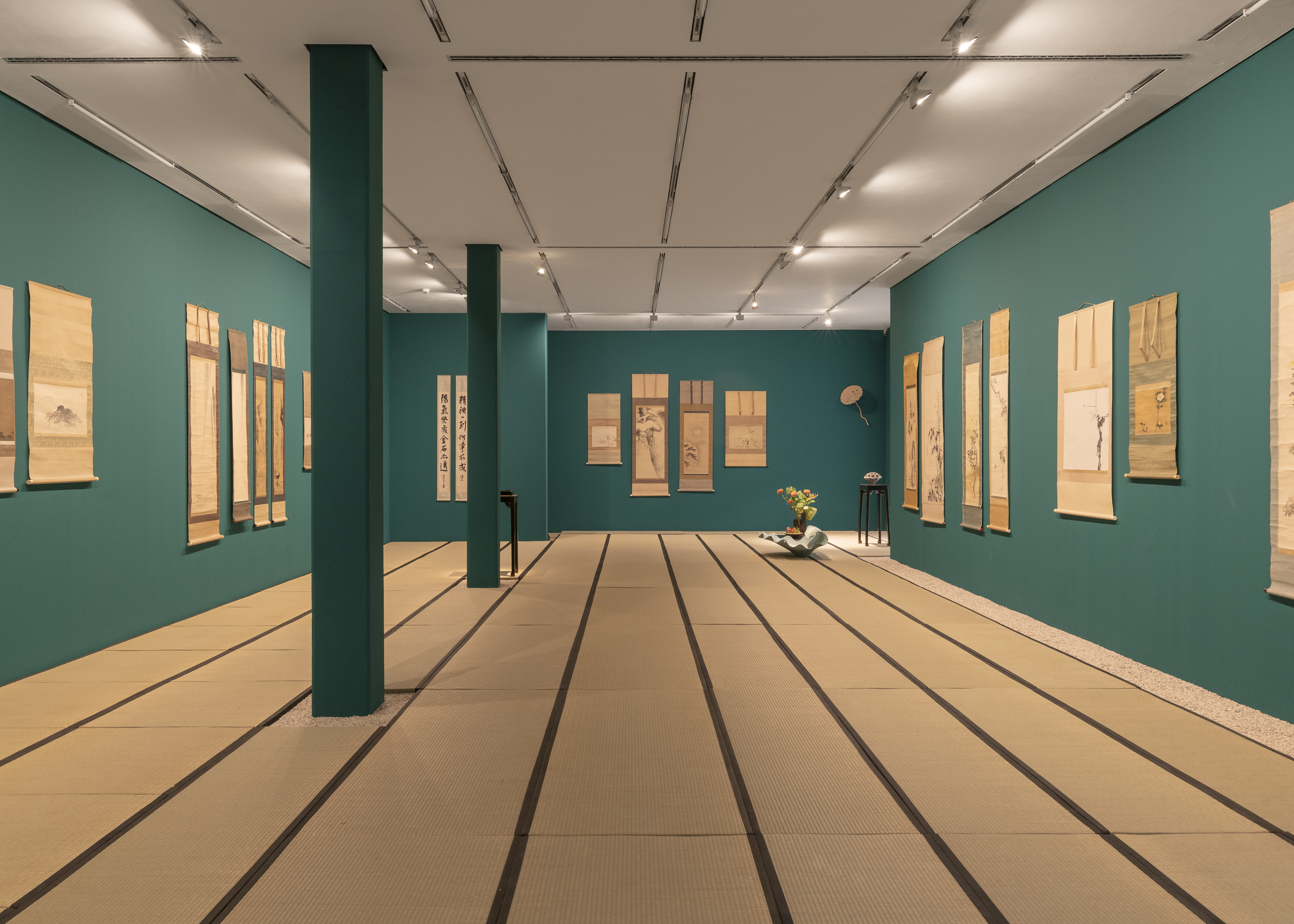
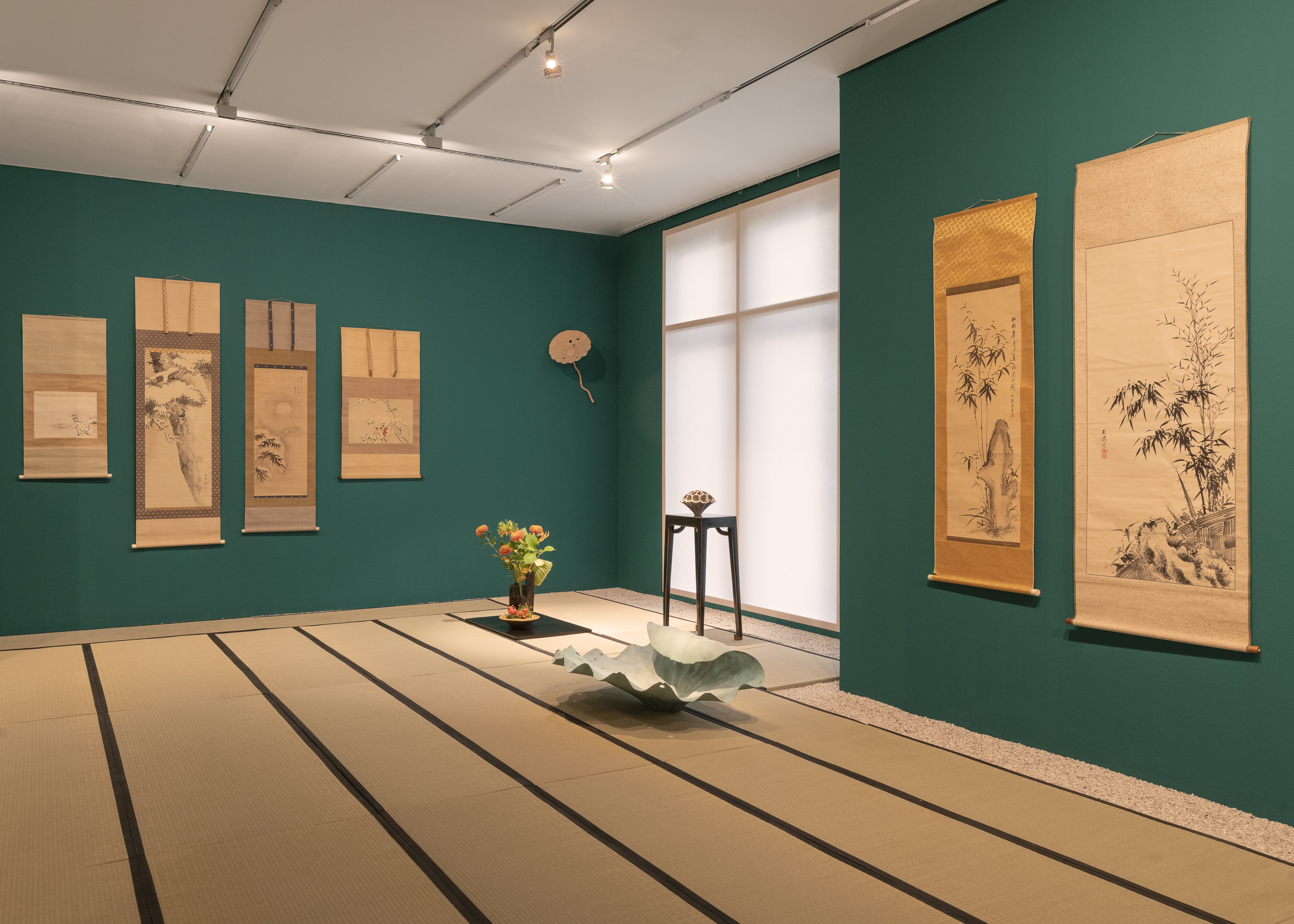
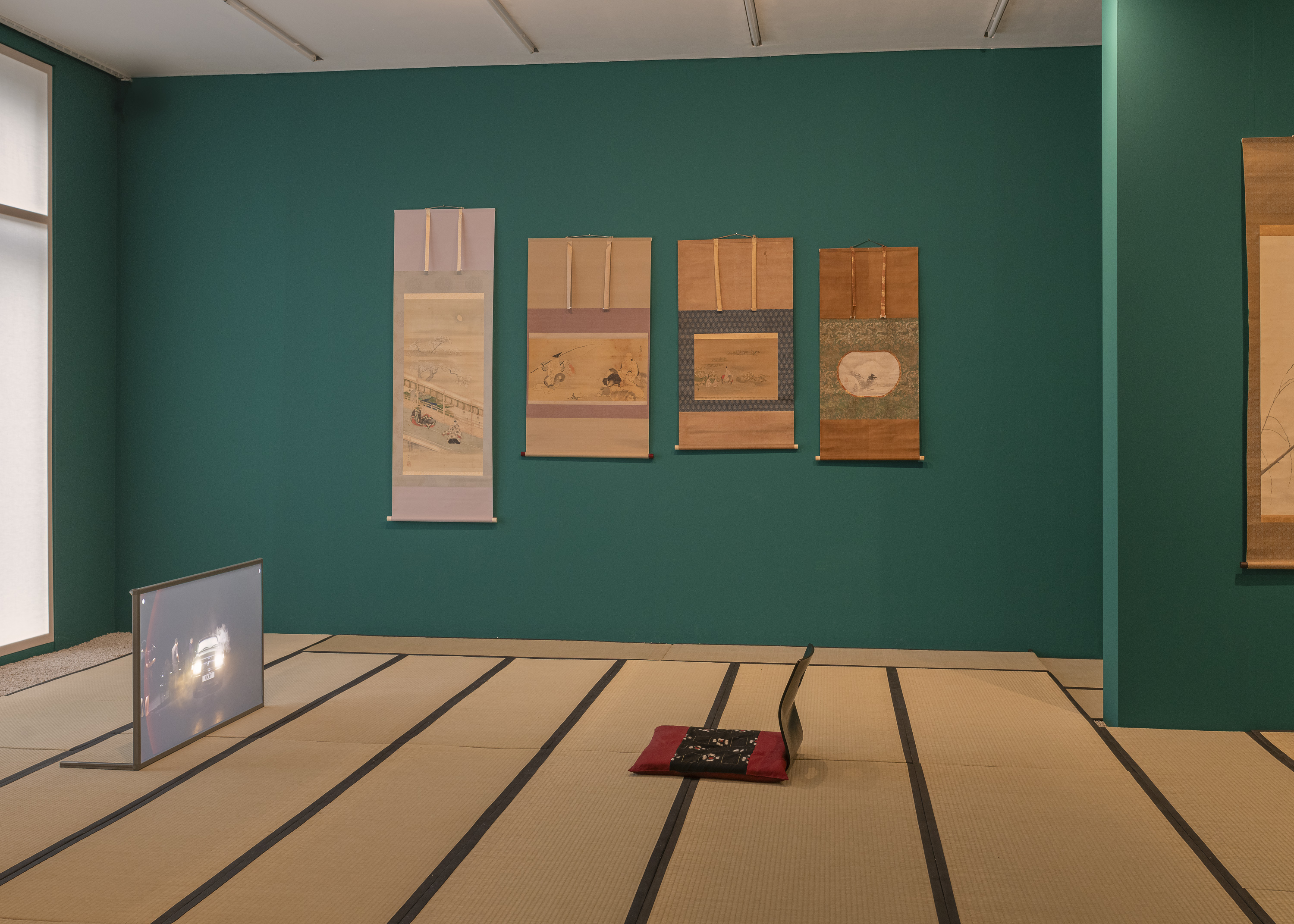
Visit us
Patrons / Partners

